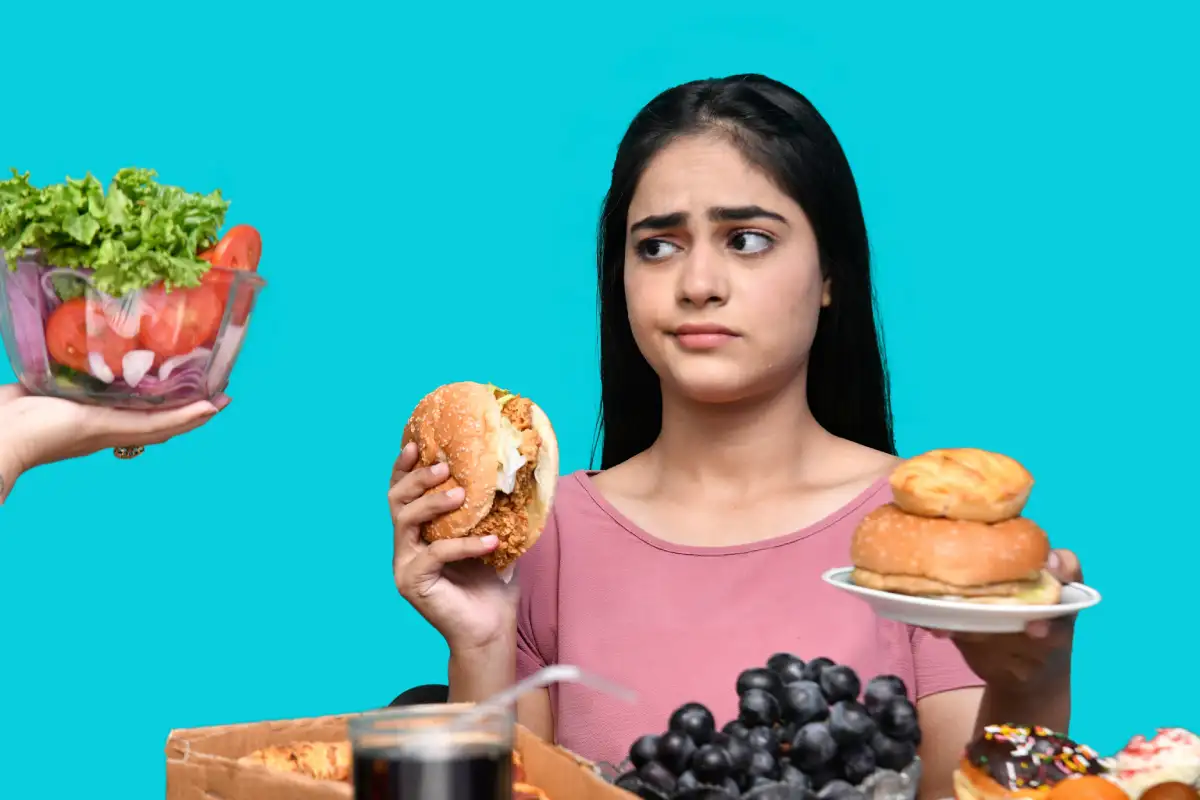The New Recipe for Health Blends Memory Science and a Simpler Thali

India today faces a paradox that borders on the absurd. In one household, a child might be stunted from years of undernutrition. In another, a teenager is quietly slipping into pre-diabetes. Thirty-five percent of Indian children under five are too short for their age, their growth limited by diets that lack essential nutrients, as recorded by the National Family Health Survey. At the same time, obesity among children aged five to nineteen has climbed from eight percent to nearly twenty percent. This isn’t limited to cities. Diabetes rates in rural India now mirror those in urban areas and the rural-urban divide that once shaped our health maps is no longer a reliable boundary.
Our responses so far have often swung between nostalgia and sterile science. Some yearn for a return to simpler times, when food was seasonal, homegrown, and spiced with memory. Others push technical fixes like charts, supplements and calorie counts. The truth is, we need both. We need tradition that speaks to the heart, and tools that meet the demands of today. When stories are powered by science, and data is wrapped in language people understand, real change becomes possible.
Studies from Johns Hopkins show that people remember narrative-based messaging up to three times better than technical instructions. When food advice is offered through characters, idioms, and familiar settings, it resonates. One could imagine a local video series where a grandmother playfully argues with a young doctor, each bringing their own truths, but ending with something simple, practical, and grounded in evidence. Or a digital tool that takes recipes passed down through families and adapts them with updated nutritional guidance, quietly blending memory and science on the same plate.
Technology, too, can be gentler and more thoughtful. Think about how something as complex as banking became easy through UPI. Today, nearly thirty-eight percent of people in rural and semi-urban India use UPI as their preferred way to handle money. This shift happened not because people suddenly loved technology, but because it was designed for them. It worked in their language, in their rhythm. We can imagine something similar for food. A simple app could let someone scan their plate and get an instant, friendly read on how balanced it is—not to shame them, but to guide them gently. In Karnataka, school meals that included ragi-based snacks like laddoos led to better nutrition among children and even improved school attendance. Small additions, rooted in local habits, can make a big difference.
This conversation cannot ignore the climate, either. As weather patterns shift, so does what we eat, grow, and can rely on. Heatwaves in Delhi have led to a noticeable rise in heart attacks—thirty percent more, according to research in The Lancet Planetary Health. Floods in Bihar disabled over sixty percent of primary health centers, as noted by the National Disaster Management Authority. Our food system doesn’t exist in a vacuum. It is shaped by heat, water, and crisis. Yet we keep treating health and environment as separate challenges. What if schools and public kitchens were designed to adjust their menus based on local temperatures? What if the idea of comfort food included what the body needs in extreme weather?
Policies, too, need to move beyond pamphlets and slogans. We know what works. Chile, for instance, introduced bold black warning labels on processed foods, and saw soda sales drop by twenty-four percent, according to The Lancet Public Health. India could follow that lead. A proposed sugar tax could be redirected to support healthier staples, school gardens, and community kitchens. Even food delivery platforms could play a role by offering filters for healthier meals, with simple markers for sugar and salt content.
Of course, there are valid doubts. ASHA workers are already stretched thin. But technology could take on the more routine parts of their work. A digital assistant, like a ‘NutriGPT’, could answer basic nutrition questions in local languages, freeing up health workers to focus on care. Concerns about access to smartphones and data are real, but if rural India can use UPI, there’s no reason nutrition tools can’t reach them too. And no, prevention is not a luxury. It’s a necessity. Obesity already costs India thirty-eight thousand crore rupees each year, as reported by WHO. Every rupee spent on nutrition returns sixteen, says the World Bank. This isn’t wishful thinking. It’s math.
Governments can create local labs where data, behaviour science, and everyday language come together to craft messages that stick. Businesses can reformulate their products, cutting excess sugar and salt, and rethink supply chains to bring healthier, local options to more people. And citizens can simply ask their child’s school what’s being served for lunch.
India’s health revolution will not start in laboratories alone. It will begin in kitchens, in the quiet choices we make each day, in the memories we pass down and the habits we shape. We can build a future where every thali feeds more than just hunger—it feeds strength, joy, and possibility.
